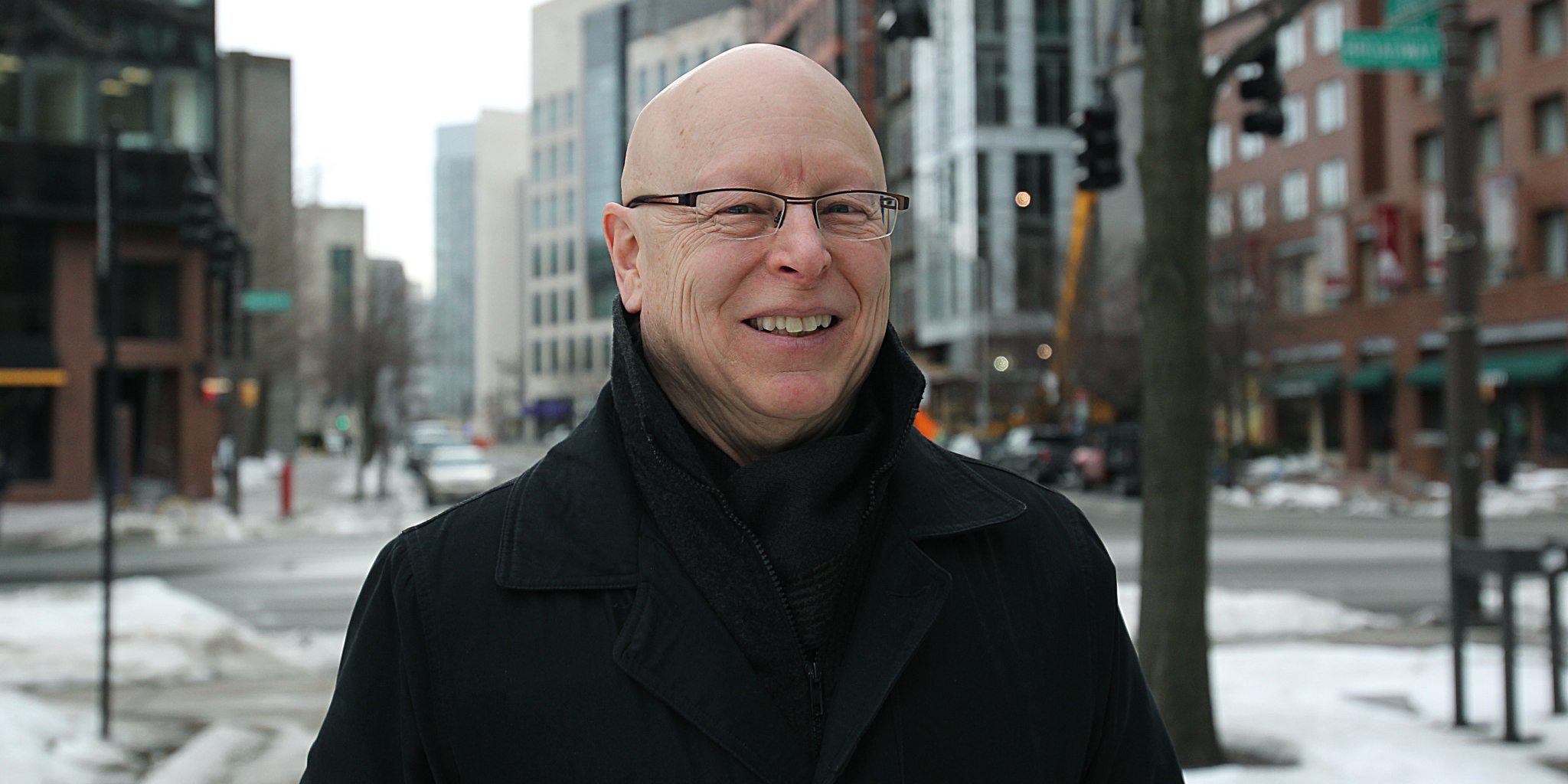
Looking for the next big breakthrough in CAR-T, Mike Gilman debuts Obsidian with $49.5M round
Biotech entrepreneur Michael Gilman is now on to his fourth startup Suzanne Kreiter, Boston Globe
Over the past couple of years, the pioneers in …
Sign up to read this article for free.
Get free access to a limited number of articles, plus choose newsletters to get straight to your inbox.